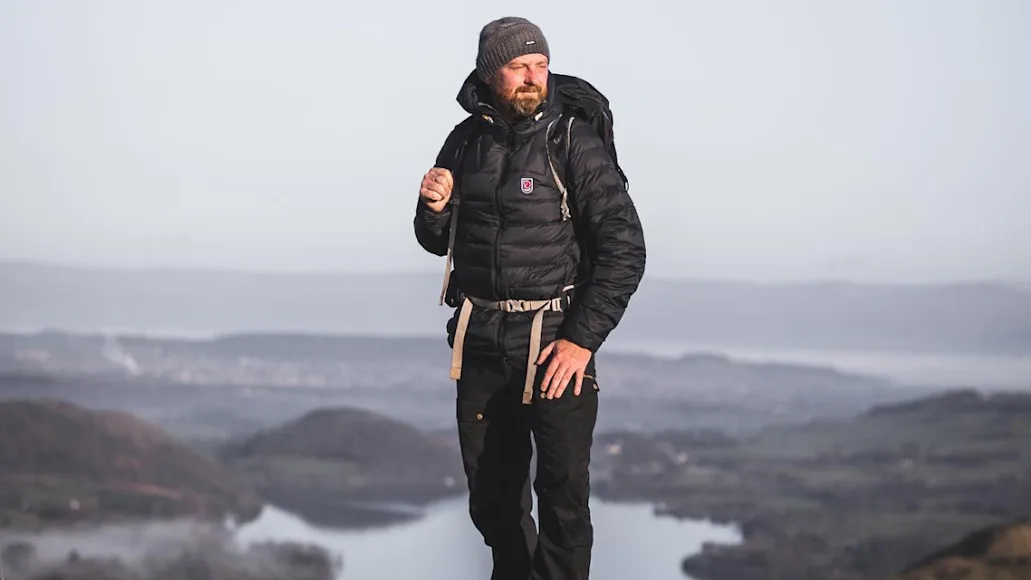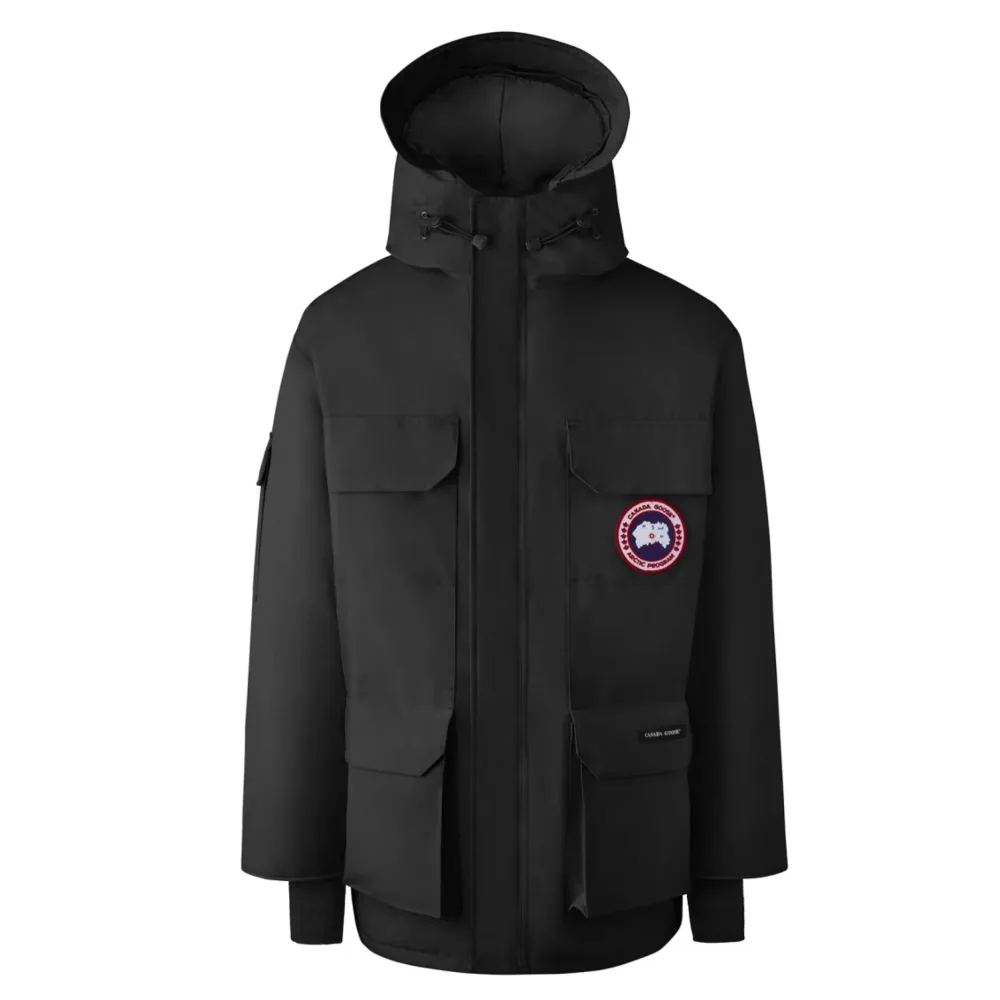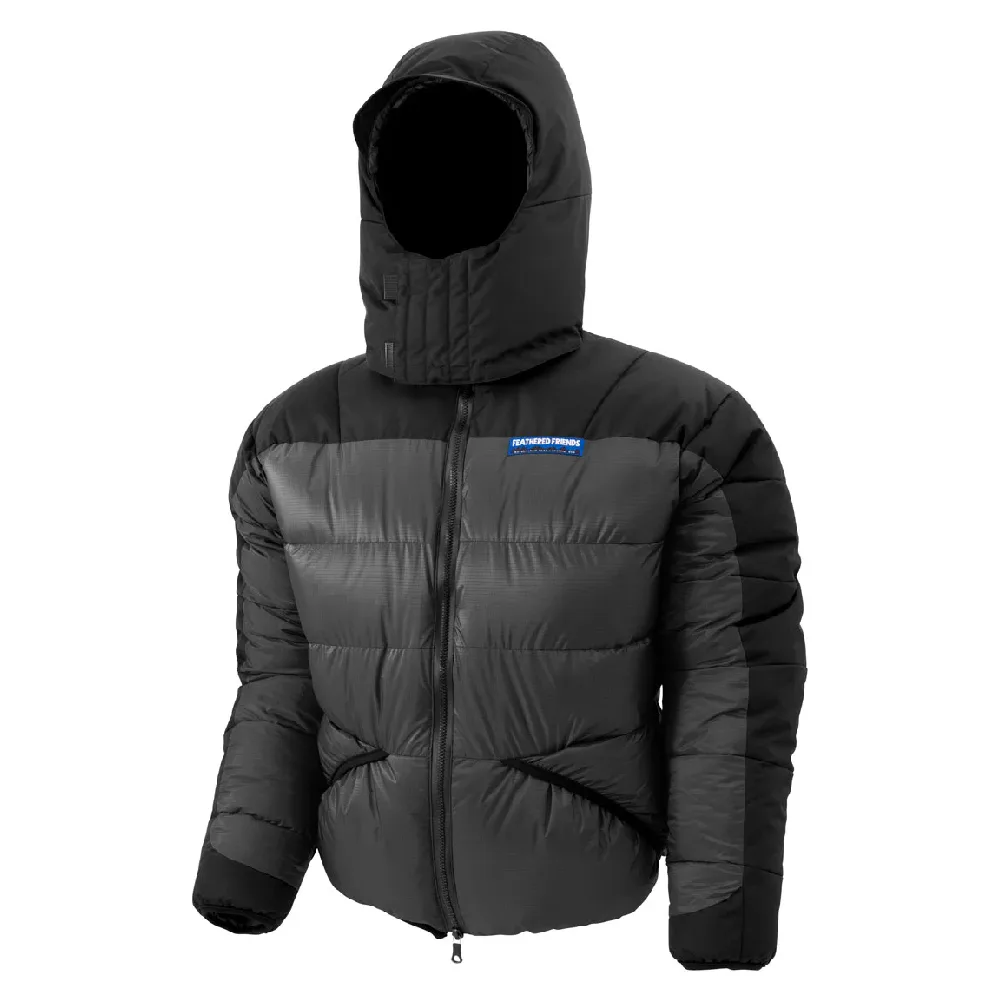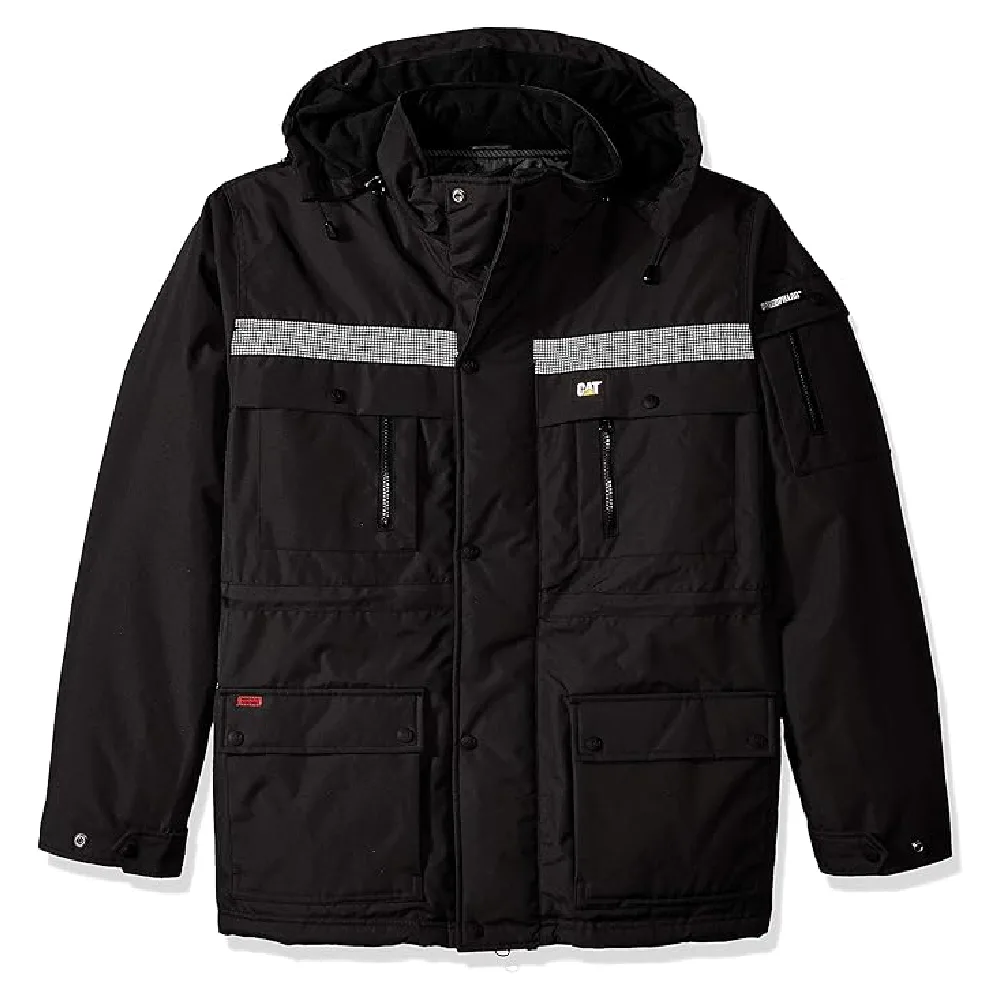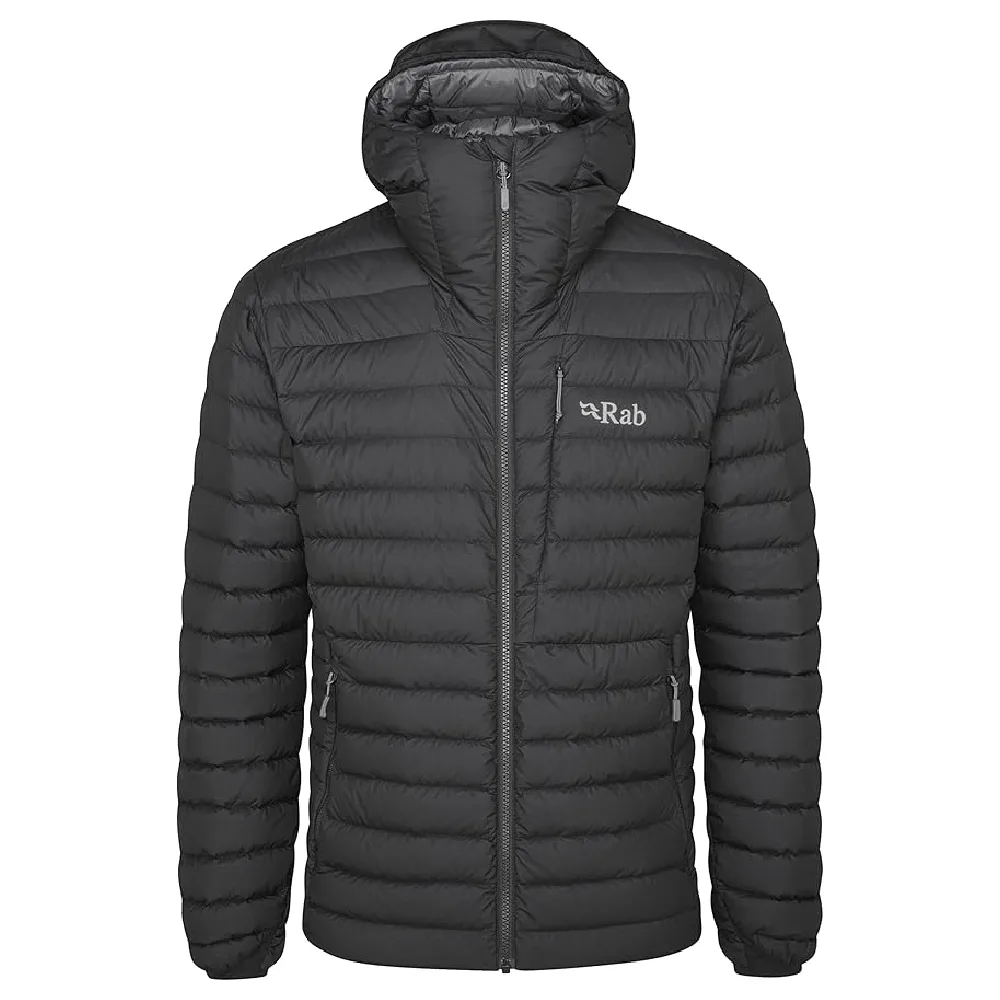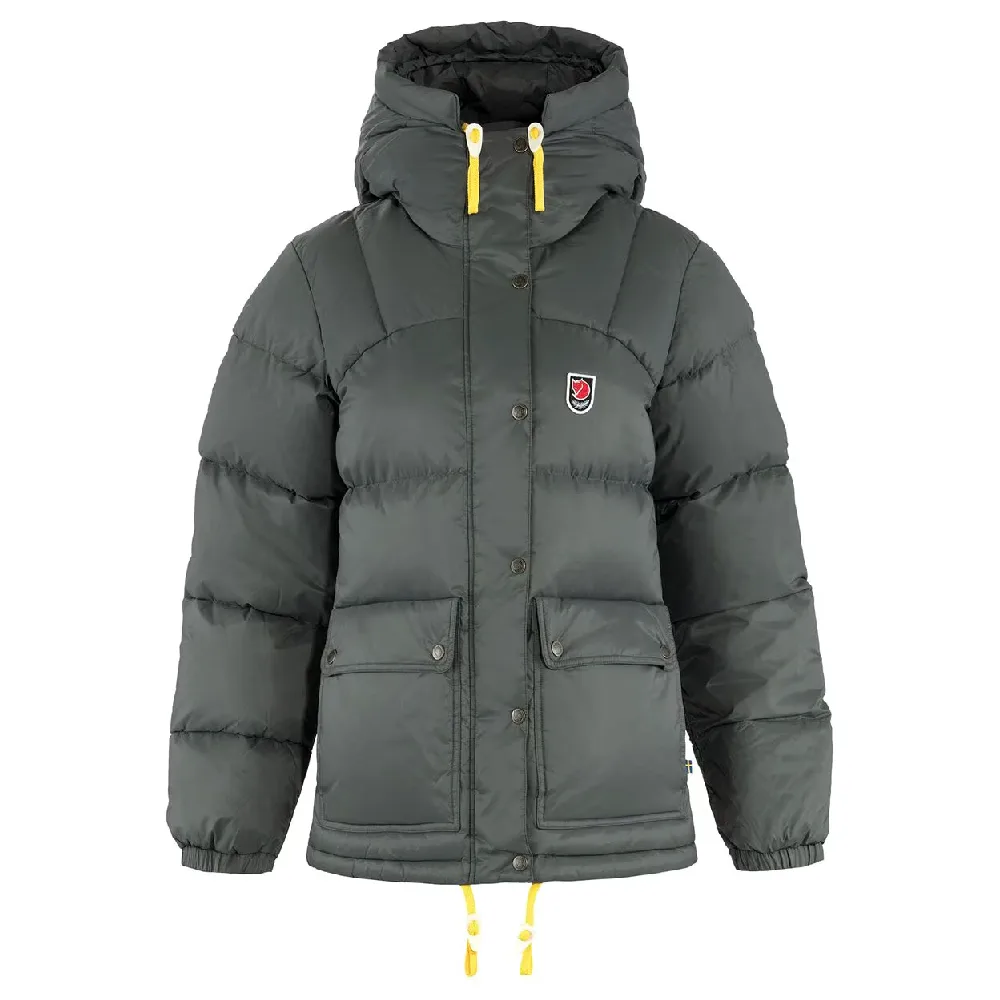We may earn revenue from the products available on this page and participate in affiliate programs. Learn more
Winter jackets for extreme cold—more often called parkas—are almost necessary in frigid climates such as Alaska, Minnesota, Canada, or Sweden. Depending on the activity and your material preferences, the type of cold weather jacket you need will vary. For instance, someone looking for a casual jacket to wear while running errands during winter won’t need a jacket with the same features or capabilities as someone planning a winter camping expedition in the mountains.
You can splurge on one of the warmest down jackets or opt for something made with synthetic insulation that’s more budget-friendly and good for wet weather. From a luxe Canada Goose parka to a water-resistant Fjallraven jacket, these are the best winter jackets for extreme cold to keep you nice and warm all season long.
Best Overall: Canada Goose Expedition Parka
Warmest: Feathered Friends Volant Down Jacket
Best for Men: Rab Infinity Microlight Down Jacket
Best for Women: Fjallraven Expedition Down Lite Jacket
Best for Work: Caterpillar Heavy Insulated Parka
Best Overall: Canada Goose Expedition Parka
Specs
Materials: 83% polyester, 17% cotton
Insulation: Down
Fill Power: 625
Pros
Customizable features
Excellent coverage
Large pockets
Oversized to fit over other layers
Cons
Expensive
Likely overkill for average consumers
The Canada Goose Expedition Parka was designed with extreme weather in mind. Developed for scientists working in Antarctica, it can handle temperatures as low as -5 degrees Fahrenheit. The oversized fit is ideal for layering over bulky clothing and the coat is both functional and fashionable, with multiple color options and the ability to customize features like the hood.
Made from primarily synthetic materials, the jacket is durable and water-repellent. The 625 downfill is more than enough insulation for most conditions, especially when paired with other clothing layers. The jacket has a simple yet intentional design to help lock in heat in all the right places and to customize the fit for the activity or time of year.
While this Canada Goose parka offers optimal performance for extreme cold, it might be a bit much for the average consumer. Sure, you could wear it for a quick walk around the block in the snow, but it is intended for expedition use, and the price reflects that intention. It’s expensive but worth the splurge if you need a jacket that provides the necessary warmth and weather protection in a cold tundra or mountain adventure.
Warmest: Feathered Friends Volant Down Jacket
Specs
Materials: Pertex Shield XT
Insulation: Goose down
Fill Power: 900+
Pros
Light and packable for the insulating power
Durable construction
Exceptionally warm
Made in the USA
Cons
Likely too warm for the average consumer to use
If you get cold easily or are looking for a jacket with the fill power to keep you warm on the highest and coldest peaks, the Feathered Friends Volant Down Jacket is your best bet. The 900+ down fill power is among the warmest out there. In fact, it is so warm that you may only find a use case for it in your daily life if you live in an extremely cold climate.
We’ve tested Feathered Friends gear before—including sleeping bags and backpacking quilts—and are big fans of the brand thanks to their high-quality construction and cold-weather designs. We appreciate their attention to detail and that their products are made in the U.S. It would be nice if the jacket were a bit longer to cover a portion of your butt and thighs, but the shorter design is ideal for activities like mountaineering and cold-weather hiking.
Best for Men: Rab Infinity Microlight Down Jacket
Specs
Materials: Gore-Tex Infinium Windstopper weather-resistant outer
Insulation: European goose down with Nikwax Fluorocarbon-Free hydrophobic finish
Fill Power: 800
Pros
Water-resistant down insulation
Hood is compatible with a helmet
Optimized features for usability with gloves
Excellent wind resistance
Great customer service
Cons
Prone to cold spots in some areas
RAB jackets are fantastic for both men and women—I’ve had many female mountaineers report success with RAB down jackets. For men, the RAB Infinity Down is among the warmest of their offerings and has optimal sizing preferences to get the right fit for your intended use. A stand-out feature is the goose down that’s not only 800 fill but is equipped with Nikwax Hydrophobic Finish, making it water-resistant. When up in the mountains or living in a cold and wet climate, waterproof down allows the jacket to keep you warm even if the insulation gets wet.
The waterproof insulation paired with a Gore-Tex outer material provides a well-rounded jacket design with a high level of weather protection. Living in a cold climate, I’ve learned that having a jacket with at least 800 fill power can ensure you stay warm even if you’re not moving around much. It’s the minimum fill power for those entering the mountains, even if you only plan to wear this jacket in camp or for emergencies. The only real issue with this jacket is that certain areas, specifically the sides, are prone to cold spots, and the insulation doesn’t seem to be even throughout.
Best for Women: Fjallraven Expedition Down Lite Jacket
Specs
Materials: 100% polyamide (recycled)
Insulation: 90% goose down, 10% feather
Fill Power: 700
Pros
Fit and insulation designed for women
Longer fit to cover upper thighs
Durable construction
Room for additional layers under the jacket
Dual closing to keep in heat
Cons
Price
Heavy and not the most packable
The Fjallraven Expedition Down jacket is a classic from the 1974 line of jackets that’s been redesigned for women. The long parka fit and functionality are ideal for daily wear in extremely cold climates and expeditions on frigid mountain peaks. Fjallraven is well-known for its durable designs; this jacket is a testament to that. While it’s an investment, it’ll last a lifetime of use thanks to the quality of the materials and construction.
I appreciate when outdoor apparel—especially apparel for cold weather—is designed specifically for women. The location of the insulation, fill power, and overall fit are important factors in retaining heat, and women’s bodies retain heat differently than men so our jackets should reflect that biology. This Fjallraven parka does just that. There is not much to complain about with this jacket, but if you bring it on an expedition, it may be heavier than other options due to the heavy-duty materials and longer fit.
Best for Work: Caterpillar Heavy Insulated Parka
Specs
Materials: 100% polyester
Insulation: Polyester
Fill Power: N/A
Pros
Affordable price for durability
Functional features for labor-heavy work
Well-insulated and warm
Fit is large enough for additional layers underneath
Reasonably wind- and water-resistant
Cons
Pockets could be improved for tools, pens, phones, etc.
I knew I had to include the Caterpillar Heavy Insulated Jacket in this review, but I struggled to decide whether it was the best choice as the best work jacket or the best budget jacket. Whether shopping right on their website or Amazon, this jacket is on sale often, meaning you can get the $120 jacket for as low as $60 at certain times of the year. That’s a hard price to beat, especially for a jacket that is so functional and durable in harsh weather conditions.
Since this jacket is designed to be a work jacket, there are several pockets both inside and outside of the coat. I appreciate the quilted interior lining for a soft feel and optimal insulation. The fit is oversized, but that’s my preference for winter jackets, so I can layer underneath as needed. Overall, this is a high-quality and superbly designed winter jacket whether you need one for the job site, out on the ranch, or a go-to coat for cold weather errands.
How We Picked the Best Winter Jackets for Extreme Cold
Growing up in Minnesota, I know all too well that your winter coat can make or break your experience outdoors. Over the years, I’ve lived in cold climates and mountainous areas all across the United States. This has allowed me to try various jackets in extreme weather to better understand the qualities that suit those activities best. For the jackets on this list I had less experience with, I consulted friends who regularly mountaineer to determine the brands they trust when summiting the highest peaks.
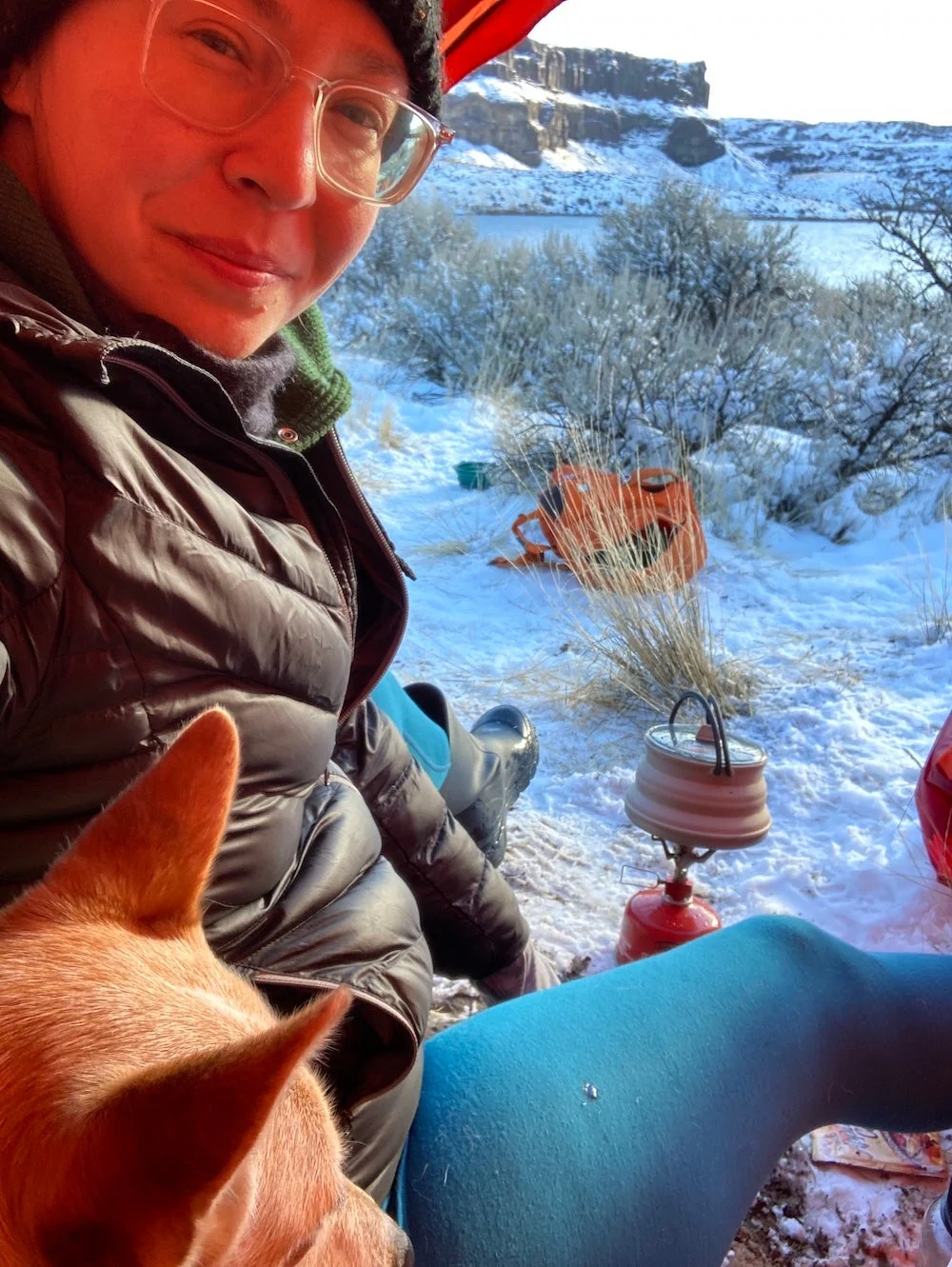
Across the board, everyone I spoke to focused on the insulation properties and fill power to ensure their warm layer would not let them down, no matter how cold the temperature outside. Other features I considered include:
Coverage: How long is the jacket? Does it have a hood with a cinch? Does the hood fit over a helmet? How long are the sleeves? Is there a collar?
Durability: Will the materials hold up in extreme weather conditions like snow, wind, and rain? How long will the materials last with heavy use? Are the materials suited for a work environment or daily use? Is the insulation likely to clump and create cold spots?
Water Resistance: Is the exterior of the jacket waterproof or water-resistant? Does it use a coating, or are the materials water-resistant? Will it require aftercare to remain waterproof?
All jackets on our list are subject to change or may have product description updates as more testing occurs.
What To Consider When Choosing a Winter Jacket
Jacket Type
Not everyone needs the same type of winter jacket. Even in an extremely cold environment, there is a difference between the needs of a casual day-to-day jacket and one designed to perform in the mountains or remote tundra. Technical jackets are more expensive due to their functionality in cold/wet climates and are generally more packable than a casual parka.
Jackets intended for extreme cold are most likely to fall into the categories of a parka, puffer, or down jacket. These types of jackets are designed for colder climates; however, down and puffer jackets can come in various insulation ranges that impact their ability to withstand cold temperatures.
Insulation and Warmth
How warm a jacket is often comes down to the insulation. While factors like the shell material, water resistance, and wind resistance influence heat retention, insulation plays a significant role in jackets made for extreme cold.
The two main types of insulation found in jackets include down and synthetic. In more activewear applications, you may also come across some blended insulations or insulation made from material like wool.
Down insulation is well-known for its packability and warmth, but its major flaw is that it does not continue to insulate when wet. Jackets like the RAB Infinity Down utilize Nikwax Fluorocarbon-Free Hydrophobic Finish for water resistance to combat this issue. For wet climates, many mountaineers may choose a coat with synthetic insulation despite the additional weight because it continues to insulate when wet, which can be better for emergencies.
Regardless of the type of insulation you choose, it’s important to note the fill power and the fill weight. Down jackets, in particular, measure how many cubic inches one ounce fills to determine the fill power. As a general rule, the higher the fill power, the warmer the jacket is because there is more air in the down. Higher-fill power jackets made from down will also be more compressible, and for jackets for extreme cold, looking for something within the 800-fill power range is ideal. Depending on your intended use, 500-900 fill power should be suitable.
As mentioned, it is essential also to consider the fill weight. Looking at the combination of the fill power and the weight gives you a better indication of how warm the jacket is. Fill weight represents the total weight of the insulation within the jacket. It is possible that a puffer jacket with a higher fill power but lower fill weight is designed for a layering system and is not to be used independently, so keep that in mind as well.
Unlike sleeping bags, jackets don’t have the same temperature rating standards. Brands can list the projected temperatures suitable for the coat, but more than likely; it is not a comfort rating but a survival rating.
Size and Fit
Pay attention to the sizing guide provided by the manufacturer. The best jackets for extreme cold should allow ample layers of clothing underneath. Men’s jacket designs seem to do a better job, allowing for additional space for layers, and women’s jackets tend to be a bit trimmer. While the trim fit is fine, finding an appropriate jacket size for your needs can be challenging due to the vast variations in sizes.
I’ve found that having a layering system in mind before investing in a new puffer is ideal. That way, when trying on jackets for size, it’s easier to guess or visualize how much room is needed under the jacket for your needs.
The fit can also influence the warmth of the design. For instance, some parkas may go down as far as the mid-thigh. Other jacket designs may cut off right at the belt line. The activity, different cold weather layers, and general tolerance for the cold can help indicate which length and fit is right for you. It’s worth considering the packability of the jacket in regards to the fit pending the intended use.
FAQs
Q: What is the warmest jacket material?
Wool is often considered the warmest and most functional material in cold weather. For extreme cold, jackets with wool insulation can be effective but are less common. It is more likely you’ll find a jacket insulated with down or synthetic materials of some kind.
Q: What is the warmest jacket insulation?
Down and synthetic materials are suitable for jacket insulation, and they have pros and cons. Down insulation is lighter and more packable, but synthetic insulation continues to insulate even when wet. So, synthetic insulation may be recommended for safety reasons if you’re in a wet climate. For extreme cold, have a down fill power of at least 800 or the synthetic equivalent.
Q: Are thicker jackets warmer?
A thicker jacket may be warmer in some conditions, but that depends on the type of material and the insulation power. Layering clothing in cold weather is recommended versus having one extremely thick jacket. Layering helps you control your body temperature while reducing the likelihood of sweat accumulating on your skin or clothes.
Q: Are puffer jackets good for extreme cold?
Puffer jackets are suitable for extreme cold as an insulating layer. However, they should not be the only jackets in a layering system. Parkas are generally considered the ideal jacket for extreme cold, but having a quality base layer, an insulating layer, hard/wind shell, and heavier parka is perfect.
Final Thoughts
The best winter jackets for extreme cold are going to be vastly different from the best hiking jackets overall—and that’s because their application and intended uses vary. Factors like weather resistance, optimal hood features, and enough insulating power to keep your body temperature comfortable even while stationary are essential for the coldest temperatures. While the Canada Goose Expedition Parka is our top pick due to performance, it may be out of some people’s price range. Luckily, more affordable options are available that perform almost as well, like the Caterpillar Heavy Insulated Parka, which may be better suited to your needs if you work outdoors during the winter.
Why Trust Us
For more than 125 years, Field & Stream has been providing readers with honest and authentic coverage of outdoor gear. Our writers and editors eat, sleep, and breathe the outdoors, and that passion comes through in our product reviews. You can count on F&S to keep you up to date on the best new gear. And when we write about a product—whether it’s a bass lure or a backpack—we cover the good and the bad, so you know exactly what to expect before you decide to make a purchase.

